Did you know that women in the past had to fight for the right to smoke in public, that children’s medicine contained morphine, or that a horse could become a high-ranking politician?
1. Women Fought to Smoke in Public
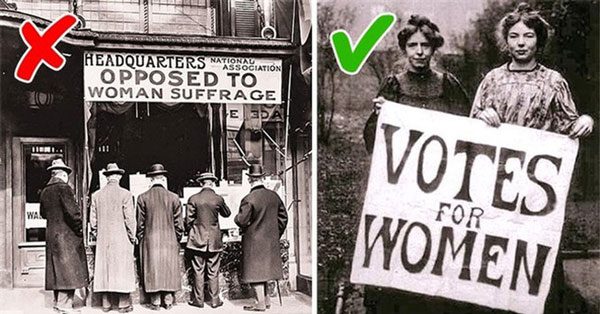
Society did not always accept women smoking in public. In fact, in the early 20th century, there was an anti-drug movement targeting women and children. Smoking was considered a dirty habit, and women’s smoking was seriously condemned by authorities.
As society changed, women’s desires for equality evolved as well. The suffrage movement aimed not only for the right to vote but also for women’s rights in general.
Despite the difficulties, many women found a sense of enjoyment and freedom, and the tobacco industry seized the opportunity to begin marketing to attract women during the burgeoning women’s movement of the 1920s.
2. The Toilet Used by Queens in the Past
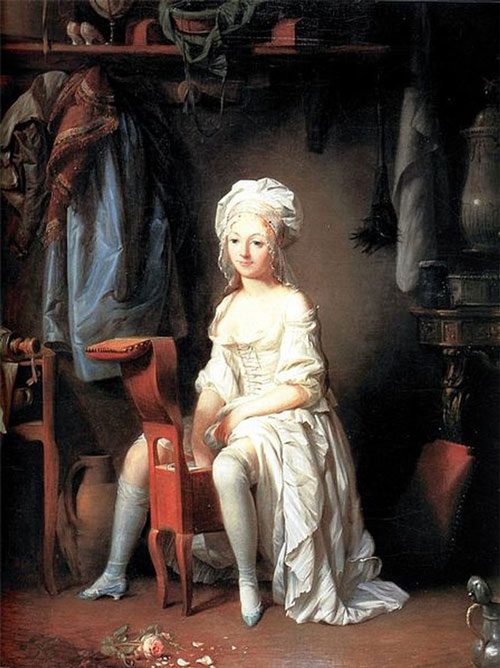
Surprisingly, a prototype of the modern toilet existed in the past. It was invented by French carpenters in the 17th century. Many records indicate that Queen Maria Carolina of Austria and the Queen of Naples and Sicily requested a chamber pot for their rooms in the Royal Palace. The washbasin, along with the chamber pot, was located right in the bedroom, and was nearly the only way to maintain personal hygiene. No one cared about the smell. However, the worst part was that waste was often dumped out of windows and onto the streets.
3. Bathrobes Were Used for Public Baths
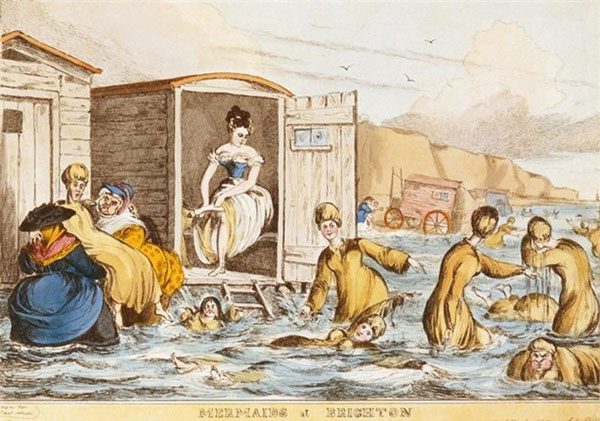
“Bathrobes,” a term used in the late 18th century, were utilized for public bathing. This was the only method to maintain hygiene at that time. In fact, these “bath machines” were four-wheeled carriages rolled into the water so that bathers, especially women, could maintain their modesty.
4. Children’s Medicine Containing Morphine

A remedy called Soothing Syrup, created by Mrs. Winslow, was commonly used in the late 1800s to help children with teething. The issue was that the main ingredients of the medicine included morphine and alcohol. It was claimed to “soothe humans or animals” and was very effective for treating teething in infants and young children. This type of medicine was widely advertised in the UK and the US.
In 1911, the American Medical Association published an article about the dangers of the syrup, but the product was not recalled until 1930.
5. Arabic Numerals Were Invented by Indians

Arabic numerals, also known as Hindu-Arabic numerals today, are the most commonly used system for representing numbers in the world. Although named Arabic numerals, they were created by Indian mathematicians around 500 BCE.
However, this system was soon adopted by Arab mathematicians in Baghdad and passed on to the Arabs. Subsequently, the use of Arabic numerals spread throughout the world via trade, books, and European colonialism.
6. Animals Were Tried in the Middle Ages
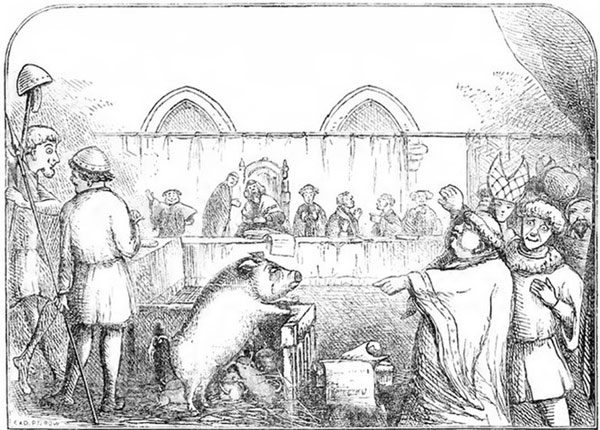
Medieval laws were harsh, even towards animals. Animals could also be put on trial and even sentenced to death during this period. Adult animals were tried in many places across Europe. The earliest evidence of an animal trial is the execution of a pig in 1266 at Fontenay-aux-Roses. Surprisingly, such trials remained a part of many legal systems until the 18th century.
7. Medieval Streets Were Truly Dirty
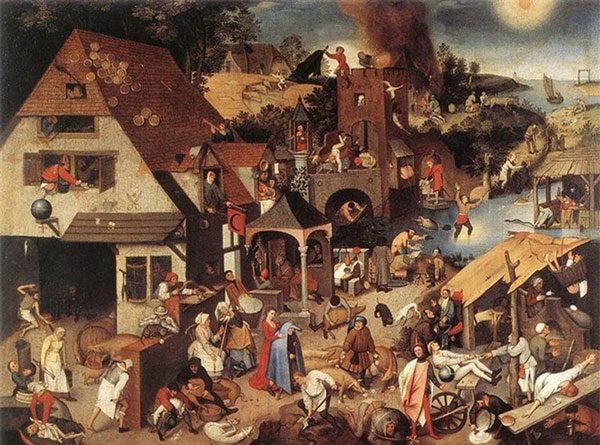
Until the 18th century, street sanitation was a luxury. That is why most medieval streets, once considered charming and beautiful, were covered in excrement (both human and animal), urine, dead animals, and rotting food. It is unpleasant to imagine what the stench must have been like.
8. The Swastika Was Once a Good Luck Symbol Before the Nazis

The swastika has a history of over 3,000 years and was once a symbol of kindness and peace before the Nazi regime in Germany. Many ancient cultures around the world, including early Christians, Jews, Hindus, Buddhists, and even Native Americans, have used various interpretations of it.
9. A Horse Could Become a Politician
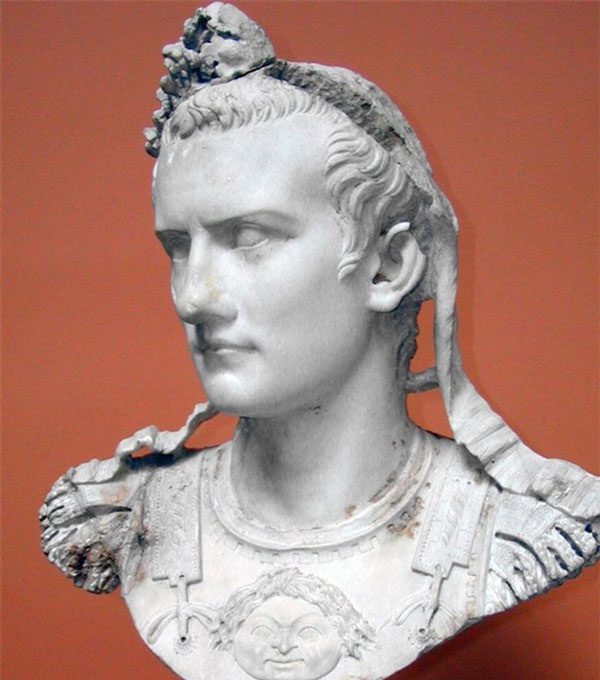
Incitatus was the beloved horse of Emperor Caligula. A marble stall, an ivory feeding trough was created for Incitatus. The horse also wore purple clothing and a saddle made of jewels. Dio Cassius even reported that the horse ate oats mixed with pure gold. Caligula used his supreme power to appoint Incitatus as a high-ranking consul. Perhaps the emperor just wanted to mock the Senate by showing them that even a horse could do the job of a senator.
10. Kim Jong-il Was an Artist
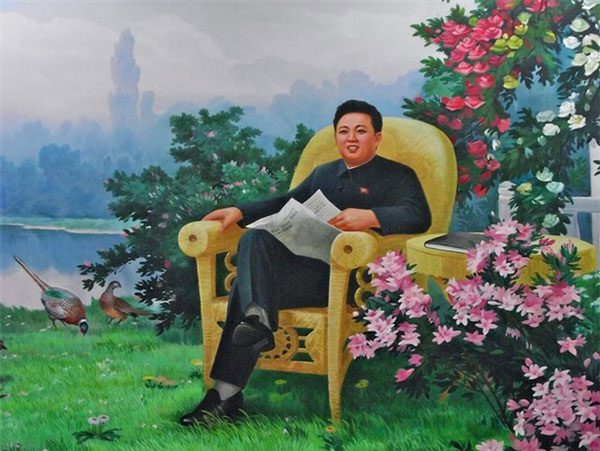 Painting of Kim Jong-il
Painting of Kim Jong-il
Former North Korean leader Kim Jong-il was genuinely interested in music and even composed around 6 operas during his time in power. Furthermore, he wrote a book on cinematic art, regarded as the most authoritative work on filmmaking in North Korea. He was also the author of several other literary works.
11. Antique Dentures Made from the Teeth of Fallen Soldiers
Believe it or not, in the 1800s, dentures were made from the teeth of deceased soldiers.





















































